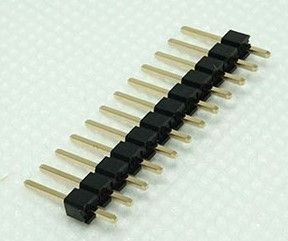So, armed with the above comments from
@PedalPCB, my multimeter and the Speed breakout board, I did a little research and continuity checking.
The center switch on the Speed board has the top most lugged tied to the center and connecting to ground through the pad on the main board.
I popped a switch in the breakout board to check whether leaving these 2 pads unsoldered on the board would allow me to bypass the integrated jumper trace. Other than normal switching continuity, there was never continuity between pads due to the integrated jumper. This is good news with respect to using a bicolor LED!
So here is how I see this going:
1.) Install 1/2 of the Bi LED as normal. The common anode makes connection on the main board to power and one of the cathodes makes connection to the bottom lug of the center switch as normal.
2.) Leave the top and center lugs of the Speed switch unsoldered on the breakout board. This nullifies the integrated jumper. Use the main board ground pad on the Speed switch rail to run a wire to the center lug of the center switch.
3.) Attach a wire to the remaining Bi LED cathode and attach it to the top lug on the Speed switch center switch.
This should look very clean as the wires can be hidden under the Speed switch breakout board. You simply have to suss out which color corresponds to what Speed control.




